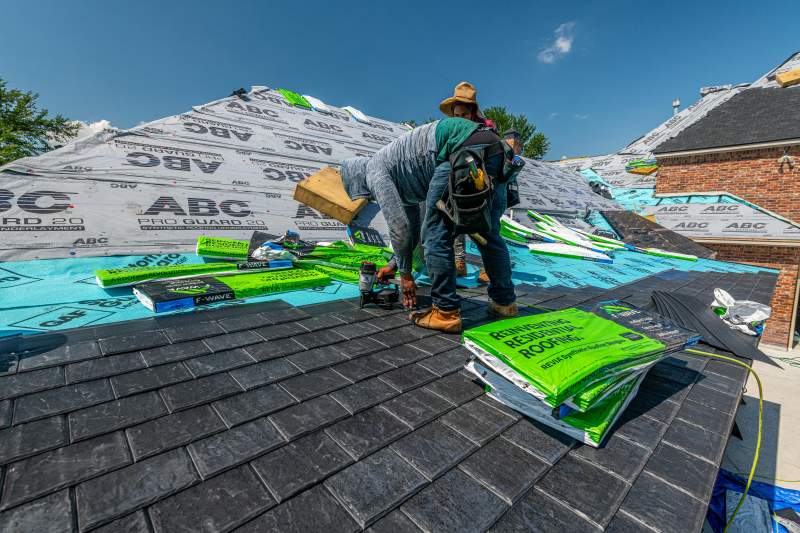Roof damage from wind storms can cause many problems. Roofing contractors follow clear steps to find damage and protect the home. They check every important part of the roof. This article explains what roofing contractors look for during wind damage inspections. It covers key checks across the roof from shingles to the attic and gutters.
Check for Missing or Damaged Shingles
Roofing contractors like Quality Construction Advantage Group begin with a visual check for missing or damaged shingles. Shingles protect the roof from rain, wind, and sun. Wind can blow shingles off or cause cracks and curls. Missing or damaged shingles leave the roof open to water and further harm. Contractors note curled, cracked, or broken shingles. These show the roof’s surface may need repair or full replacement. This helps in carrying out repairs where they are most needed.
Inspect Flashing and Roof Penetrations
Flashing is metal or other material that seals roof joints. It is found around chimneys, vents, pipes, and skylights. Wind can bend or loosen flashing, which causes water leaks. Roof penetrations, such as vents and pipes, are checked for broken seals or movement. Any damage here can allow water inside the home. This inspection helps protect the roof’s weak points from leaks and further damage.
Examine Gutters and Downspouts
Gutters and downspouts carry rainwater safely off the roof. Wind damage may dent gutters or pull them loose from the house. Professionals look for dents, clogs, or loose parts. They check gutters for granules from shingles, which show roof wear. Clogged or damaged gutters cause water to pool on the roof or around the foundation. Proper gutter function prevents water damage to many parts of the home.
Assess Roof Structure and Decking
Strong winds can affect the roof’s internal wood structure. Experts check the roof decking and frame for sagging, breaks, or gaps. Damage here may weaken roof support. They may open attic access or loose areas to check beams and boards. A solid roof frame is essential for strength and safety. Early discovery of issues can avoid costly repairs later.
Look for Attic Water Leaks
Water that enters the attic is a common sign of roof damage. Experts check attic ceilings and insulation for stains or damp spots. They look for mold or signs of light coming through the roof. Water leaks may occur even if the roof surface looks fine outside. This inspection helps catch hidden problems before they grow worse. A dry attic means the roof is still holding tight.
Check Skylights and Roof Accessories
Skylights and roof attachments can suffer damage in strong winds. Specialists check seals, glass, and frames on skylights for cracks or looseness. They inspect vents, satellite dishes, and solar panels for secure mounting. Loose parts can cause leaks or become hazards during storms. When experts repair these, it keeps the roof safe and fully functional. This adds extra protection beyond the main roof.
Document Damage with Photos
Lastly, contractors document all damage carefully. They take photos and make detailed notes about what they find. Good records help plan repairs and support insurance claims. Documentation covers every inspected area and the damage extent. Clear proof helps homeowners get the right repair work done. This report completes the thorough inspection process.
Roofing contractors such as Quality Construction Advantage Group check several crucial areas during wind damage inspections. They focus on shingles, flashing, gutters, roof frame, attic condition, and roof attachments. Each step finds damage that may cause leaks, weaken the roof, or affect home safety. Careful inspection and documentation protect homes after strong winds.

